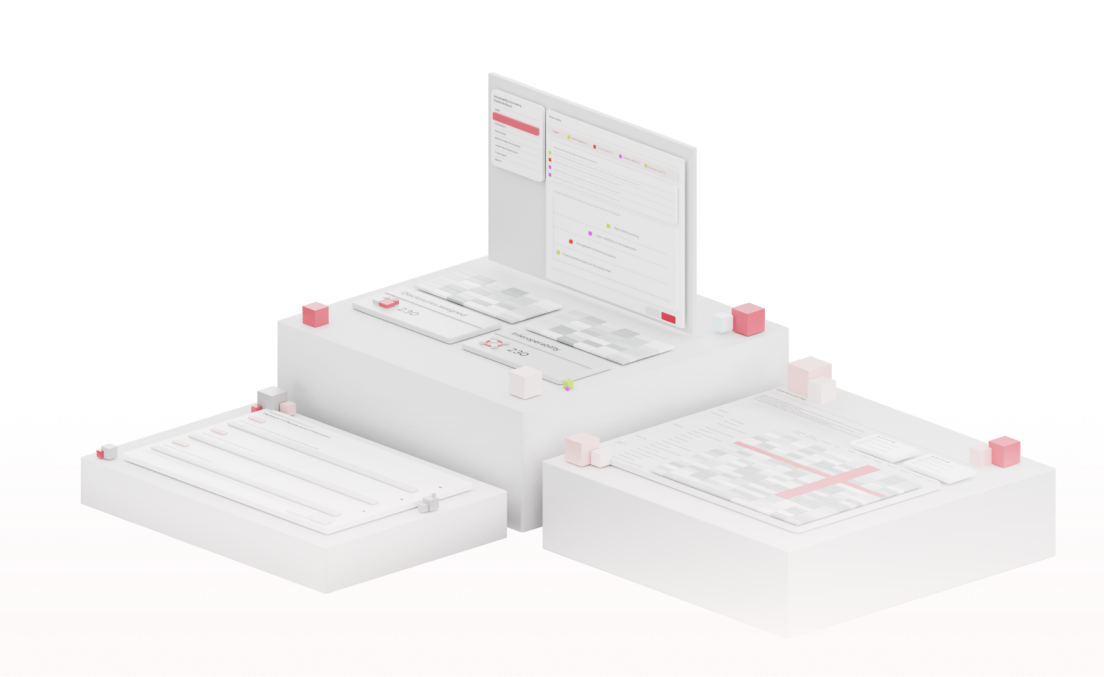How investors use SASB Standards
The SASB Standards help organisations share sustainability information that really matters to investors. They’re built through a careful, transparent process to make sure the disclosures stay relevant, trustworthy, and useful for decision-making.
Now overseen by the International Sustainability Standards Board (ISSB), part of the IFRS Foundation, the SASB Standards continue to evolve to reflect new sustainability challenges and the changing needs of the market.

What Makes SASB Valuable to Investors
SASB Standards are widely used across the investment community, from asset managers and pension funds to stewardship teams and ESG analysts. Here’s why:
They focus on financial relevance
SASB isn’t about tracking every sustainability issue — it focuses on the ones that are most likely to impact financial performance in each industry.
They’re tailored by sector
Each industry faces different risks and opportunities. SASB’s 77 industry-specific standards help investors compare companies on the right issues for their sector.
They make ESG data usable
Standardised disclosures allow investors to integrate ESG metrics into analysis, reporting, and decision-making — without needing to sort through noise.
They support both qualitative and quantitative insights
Whether you’re building a model or preparing for an engagement meeting, SASB helps connect sustainability performance with financial outcomes.

How Investors Use SASB in Practice
Investors aren’t just adopting SASB in principle — they’re putting it to work across their portfolios. Here’s how:
1. Investment Research & Risk Assessment
Analysts use SASB disclosures to understand how sustainability issues could affect cash flows, valuation, or business resilience — helping them make better-informed investment decisions.
2. Portfolio Construction
SASB-aligned data helps investors manage exposure to sustainability risks — for example, climate or labour-related risks — when selecting companies or weighting sectors.
3. Company Engagement
Stewardship teams rely on SASB Standards as a reference point for conversations with companies. They can ask focused, industry-relevant questions, and measure progress over time.
4. Client Reporting & Transparency
ESG reporting to clients, trustees, or regulators is much easier with clear and comparable disclosures. SASB provides the structure investors need to show how sustainability is being factored into investment decisions.

SASB in the Global Investment community
SASB isn’t a niche framework. More than 320 investors in over 20 countries, representing $85 trillion in assets under management, have publicly expressed their support for SASB. That includes some of the world’s most influential investment firms, from BlackRock and Fidelity to major pension funds and sustainable asset managers.
This global uptake highlights growing demand for ESG information that is not only credible, but also useful in a financial context.
Many investment firms have already embedded SASB into their investment and stewardship processes. A few examples:
- BlackRock uses SASB Standards as part of its corporate engagement and ESG integration frameworks.
- Generation Investment Management applies SASB’s industry-specific guidance to evaluate long-term risks and opportunities.
- CalSTRS, one of the largest public pension funds in the US, uses SASB-aligned disclosures to guide conversations with portfolio companies on ESG risks.
These and other case studies demonstrate how SASB supports better alignment between investors and companies — making sustainability data more actionable.